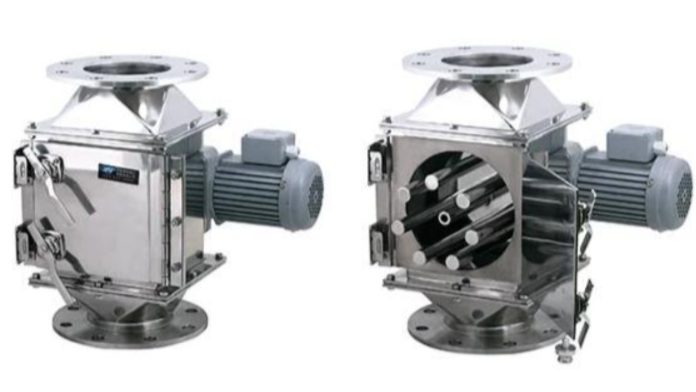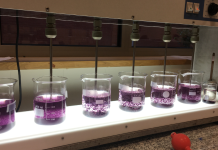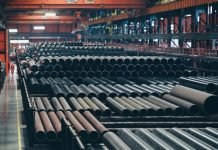Magnetic separation plays a pivotal role in industries ranging from mining to food processing, providing an efficient way to remove ferrous materials from various mixtures. This process is vital for enhancing material purity, improving production efficiency, and ensuring the safety of products in industries where contamination control is crucial. In this article, we will explore the fundamentals, step-by-step process, and optimization of magnetic separation, shedding light on how it functions across different applications.
The process of magnetic separation is essential in industries like mining, recycling, and food processing. Understanding the step-by-step procedure helps optimize its effectiveness in isolating ferrous contaminants from materials. Here’s a closer look at each stage of the process of magnetic separation.
The first step in the magnetic separation process is the introduction of the material into the system. Materials, often in the form of ore, waste, or recyclables, are fed into a hopper or conveyor that moves them toward the magnetic separator. The material must be evenly distributed to ensure effective separation.
Once the materials enter the magnetic field, the ferrous contaminants are attracted to the magnet. The strength of the magnetic field and the distance between the magnet and the material determine how effectively the contaminants are separated. In high-intensity applications, electromagnetic separators are used to create stronger magnetic fields that can attract smaller and more deeply embedded particles.
As the materials move through the system, the magnetic field isolates the ferrous contaminants from the non-ferrous materials. The efficiency of this step depends on the type of magnetic separator being used and the magnetic properties of the materials being processed. For instance, in recycling, fine metal particles or shavings might require more precise magnetic fields for removal.
Once the ferrous contaminants are separated, they need to be removed from the process. This can be done using various methods, such as by passing the contaminated material over a conveyor belt or discharge system. In high-throughput applications, self-cleaning magnetic separators are often employed. These separators use automated systems to remove the collected ferrous materials, minimizing downtime and improving efficiency.
To improve the efficiency of magnetic separation, advancements in technology have focused on several key areas:
The strength of the magnetic field is crucial for effective separation. Innovations in magnet design, such as the development of stronger permanent magnets or more powerful electromagnetic systems, have enhanced the ability to separate smaller, weaker magnetic particles. These improvements ensure that the magnetic separation process is more effective in purifying materials, especially in industries dealing with complex mixtures.
Automation plays a vital role in maintaining consistent performance in high-volume operations. Self-cleaning magnetic separators, for example, have revolutionized the process by automatically removing collected contaminants without the need for manual intervention. This reduces downtime, labor costs, and increases throughput, allowing for more efficient processing.
Real-time data collection and process monitoring are becoming increasingly important in optimizing magnetic separation. Sensors embedded within the magnetic separators can monitor the strength of the magnetic field, material flow, and the purity of the separated product. This data helps operators adjust parameters in real-time to optimize separation efficiency and ensure high-quality output.
Magnetic separation is a powerful and effective tool used across various industries to ensure the purity of materials, improve recovery rates, and reduce contamination. From mining to recycling and food processing, magnetic separators help industries maintain high operational standards. The process—comprising material feeding, magnetic field interaction, contaminant separation, removal, and clean material handling—can be optimized through innovations in magnet strength, automation, and real-time monitoring. As technology advances, the efficiency and effectiveness of magnetic separation are expected to continue improving, further enhancing its role in industrial applications.










